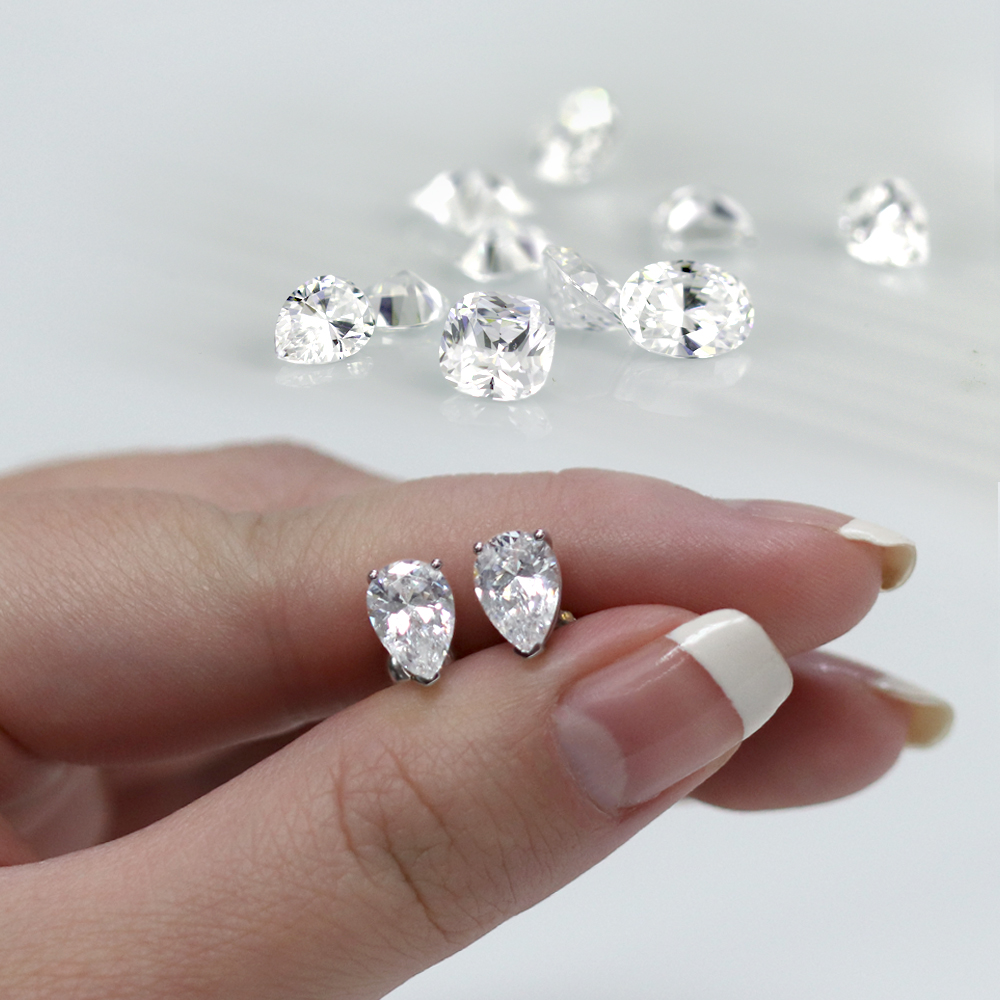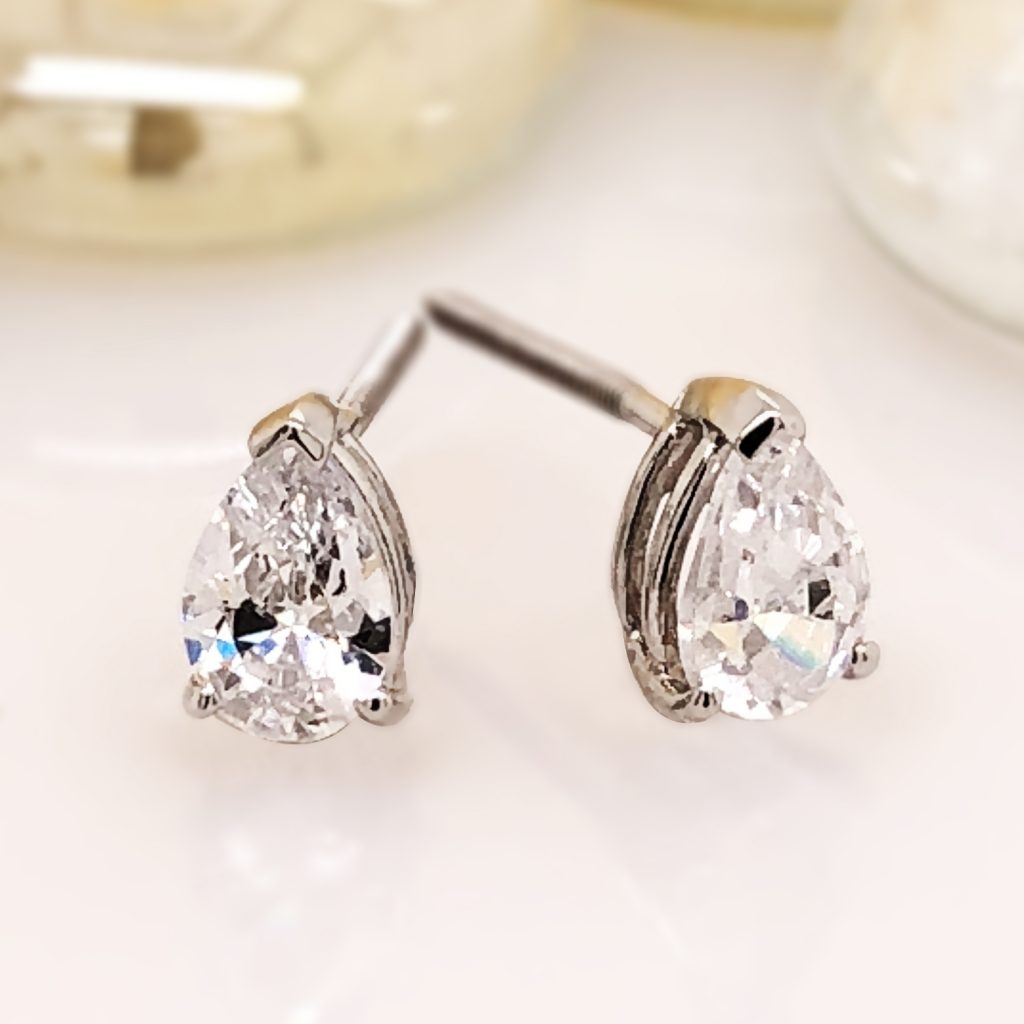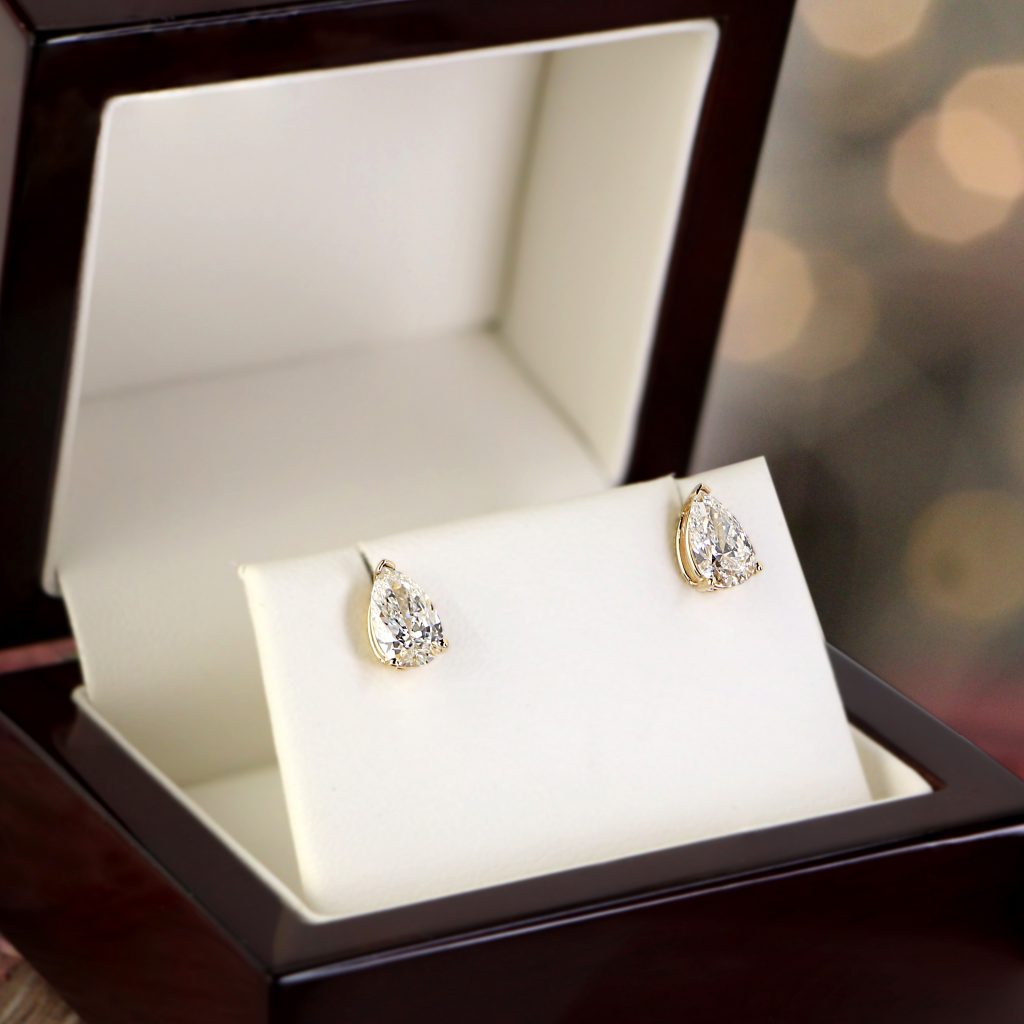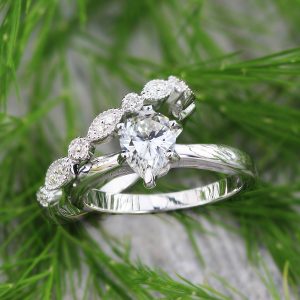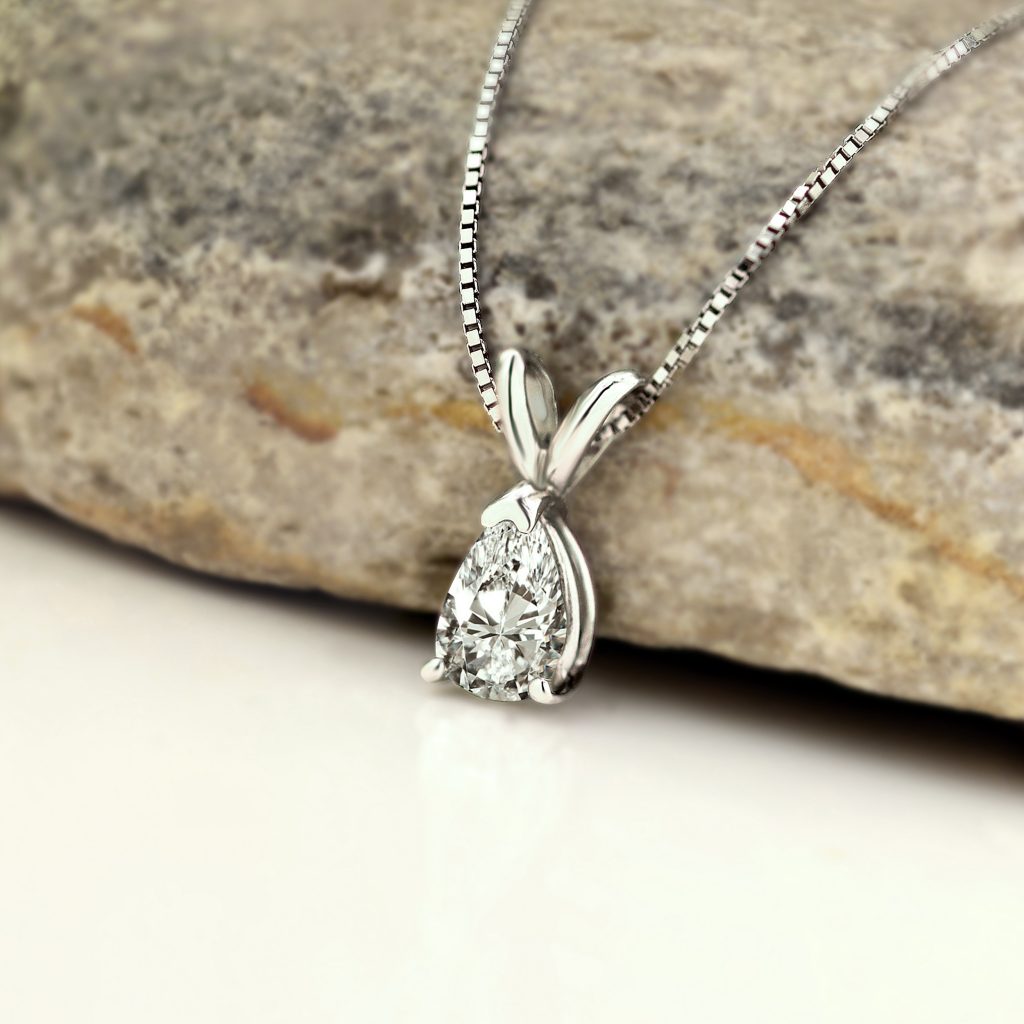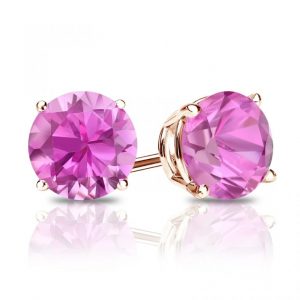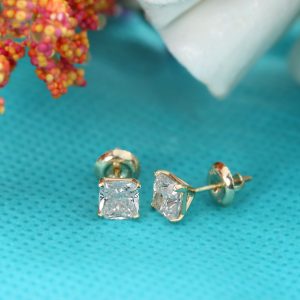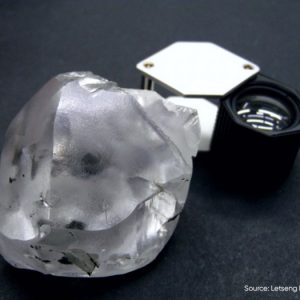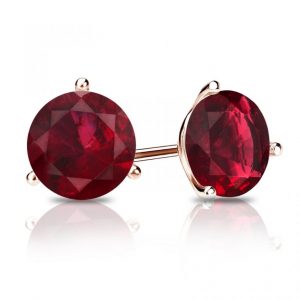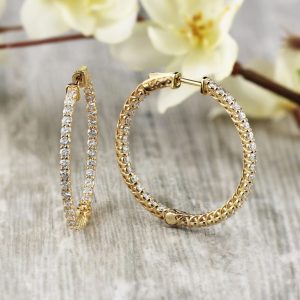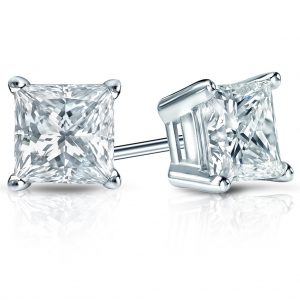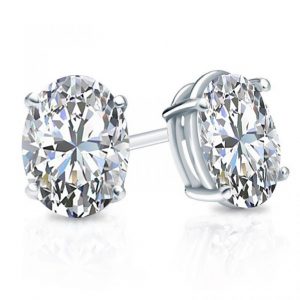One of the most enjoyable aspects of buying jewelry is the fact that there are so many options to browse and styles to choose from. Whether you are the most experienced jewel expert in the world or simply a customer excited to pick a perfect piece for yourself, the options of style, cut, carat, etc. are almost too vast to get through in a single shopping session!
Something very clear to see is that when it comes to buying diamonds in particular, the more educated you can be on the matter, the better your buying experience is going to be.
You don’t need to be an expert on the topic, but it is always a good idea to go into any kind of jewel transaction with a clear idea of what you want and how much you are willing to pay to get it.
One of the most popular and sought-after diamond cuts across the world is the pear shape diamond. It is a cut that has been popular for as long as diamonds have been crafted into pieces of jewelry, and it doesn’t show any signs of slowing in the future of fashion and accessories.
With this in mind, let’s take a closer look at everything to do with the pear shape diamond, from what it precisely is, to where it originates, to a buyer’s guide for anyone looking to invest in a few pieces of their own from Diamondstuds.com.
What is a Pear Cut?
Distinctive and distinguished in the diamond community, the pear cut, also known as the pendeloque cut or the teardrop cut, is unlike any other type of diamond cut in the world. It is categorized as a modified brilliant cut, a blend of the Marquise and oval cuts that boasts one rounded end and a point on the other end. The teardrop nickname that the cut has stemmed from the fact that the blended shape of the diamond looks like a crystallized version of a classic teardrop.
Origins of Pear Cut Diamonds
Although the nature of a blended cut and the fact that the pear cut is so popular today could lead people to assume that it is a fairly modern creation, the origins of the pear cut diamond date as far back as the mid-15th century.
The location of this origin story is modern-day Belgium, wherein 1475, a diamond cutter named Lodewyk van Vercken invented a game-changing diamond the polishing wheel known as a scaif.
This invention helped to transform the diamond cutting industry forever as it gave jewelers much more control and precision in the ways that they were able to shape their stones. More complex and ambitious cuts were now a possibility, and the early forms of the pear cut diamond began to be produced at this time. That very same year, van Vercken is credited with producing the very first officially recognized form of a pear-shaped diamond.
How are Pear Cut Diamonds Priced?
Currently, pear-shaped diamonds are classed as being the fourth most expensive diamond shape on the jewel market. Compared to something like a round cut diamond, for example, a customer could stand to make a saving of more than $1000 for a similarly sized gemstone/piece of jewelry.
To give you a good idea of base prices before considering things like a sale price, warranty, or style of fine jewelry, a 0.50-carat pear cut diamond will often be able to be acquired for between $800 and $1100. This will depend, of course, on tall 4 Cs of diamond classification – carat, color, cut, and clarity.
Another factor to consider in recent years is the increase in the availability of lab-grown diamonds. Lab-grown diamonds are the same as natural diamonds except they are manufactured.
They are real diamonds unlike fake diamonds such as cubic zirconia or moissanite. They have the same physical and chemical properties as natural diamonds, so they look the same and the differences can only be identified with special laboratory equipment.
Lab-grown stones are subject to the same foibles as mined diamonds so can vary in the 4Cs in the same ways as their natural counterparts.
Concerning the price, you can expect to gain 50 percent more stone by weight of a lab-grown diamond than a natural gemstone.
Lab-grown diamonds are subject to certification too. Certificates are most commonly issued by the International Gemological Institute.
Celebrities Love Pear Cut Diamonds
It will not shock you to learn that the pear cut diamond is incredibly popular among the world’s celebrities. Look in any fashion, style, or fame magazine and you will see engagement rings, wedding bands, pear diamond stud earrings, drop earrings, and more adorning the various body parts of the rich and famous.
The pear cut is such a popular cut because the delicate teardrop shape complements pretty much every kind of bezel and any precious metal from white gold to rose gold to 14k yellow gold to sterling silver and more. To give you an idea of just how popular this type of diamond jewelry is, here are just a few examples of the many celebrities who have had pear-cut diamonds on their wishlist, and their dreams have come true!
Victoria Beckham
Very fitting for the poshest of the Spice Girls, the engagement ring that Victoria received from David Beckham was a pear-shaped diamond solitaire that had a stone with a total weight of somewhere between 15 and 17 karats.
Katharine Heigl
This star of Grey’s Anatomy was treated to a teardrop diamond halo engagement ring that had a beautiful 3-carat center stone. A few fewer carats than Victoria Beckham, but when it. comes to diamond rings, size isn’t everything!
Angelina Jolie
The Oscar-winning actress has been known to wear pear-cut diamond earrings on more than one occasion. Though the cut is more suited to delicate studs than something like hoop earrings or dangle earrings, we think that Angelina could probably pull off any kind of style or carat weight that she wanted to!
You can have your very own Jolie-inspired pear diamond studs from Diamond Studs.com. We offer them in a range of carat sizes up to 3CT and quality grades. All our earrings are handcrafted in the USA and are GIA/EGL certified.
Pear-Cut Diamonds Buyer’s Guide
When it comes to buying a pear cut diamond, there are a few key things that should be taken into consideration to make sure of getting the best possible natural diamond that their money can buy.
In ideal circumstances, a pear-shaped diamond should possess an excellent or (at the least) very good symmetry in its body. The point needs to line up with the apex of the rounded end to achieve the very best teardrop shape possible. The shoulders and wings should then form a uniform, symmetrical curve with no straight edges whatsoever.
The aim for any diamond purchase is to get a stone that is as clear and colorless as it can be, but something to take into consideration in this instance is that a pear-shaped diamond is very good at hiding tiny flaws or imperfections in the stone. This might be something to think about if your budget is not quite at the level of being able to afford a ‘perfect’ gemstone.
Never buy a diamond without certification, a report usually issued by the Gemological Institute of America (GIA ). This acts as a warranty that the stone you buy is what it is described as.
All stones supplied by Diamondstuds.com carry the relevant certification from either the Gemological Institute of America (GIA) or European Gemological Laboratories (EGL USA)
The certification applies whether you are looking to acquire a white diamond or a black diamond, indeed any other color of the diamond.
If buying a pear cut diamond ring, then consider the kind of setting you to want. For pear cut diamonds, the four most popular setting choices are three stone, solitaire, halo, and tension. Of course, if you are planning on buying loose diamonds then this won’t be a primary concern in the initial purchase, but still, good knowledge to have when the time comes to set your stones if you are undecided between a diamond pendant, earrings, or a ring.
https://www.dropbox.com/s/e465gh9i19ogfog/DS-PEAR-PD-Necklace-Pendant.jpg?dl=0
Be wary of the bow-tie effect that often happens with poor-quality pear-cut diamonds. This is a darkened section in the stone that appears along the middle of the diamond’s surface. It happens when there is not enough light being reflected from the surface of the diamond, and this will be because facets are misaligned. Light ends up traveling straight through the diamond, rather than being reflected to your eyes which is what causes the trademark fire and sparkle of a great stone.
Make sure that when ring shopping, you choose a setting that contains enough prongs to be able to protect the shape of the stone in the ways that it needs. The teardrop shape needs a minimum of five prongs to be truly secure. With a lesser prong setting, you run the risk of having the diamond become dislodged and damaged.
If you are looking at other types of jewelry such as this pear-shaped pendant from Diamondstuds.com, bear in mind that the bigger the stone, the better enhanced the shape will be.
Lab-grown pear-shaped diamonds are a good option for rings, earrings, and pendants. Because of their affordability, you can get a much larger stone to show off its shape to greater advantage. For example, you might choose this 1ct solitaire pear diamond ring that is a considerable cost saving compared to a similar pear solitaire ring with a natural stone.Visit Diamondstuds.com for high-quality handcrafted American jewelry for all occasions and all budgets.







 1-855-969-7883
1-855-969-7883 info@diamondstuds.com
info@diamondstuds.com


